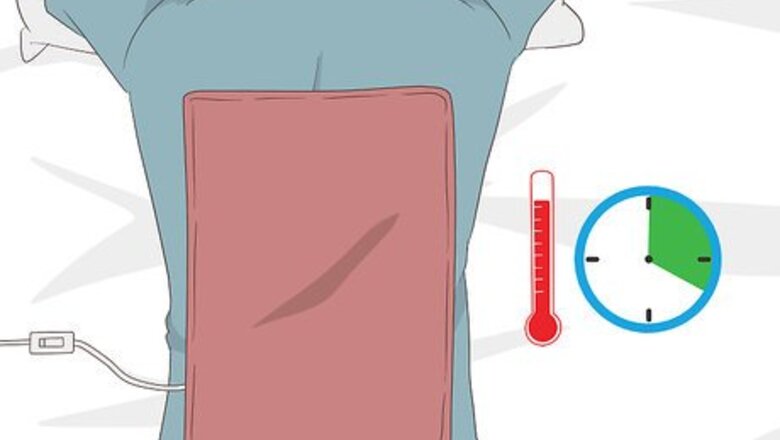
views
Relaxing Back Muscles with Heat and Cold
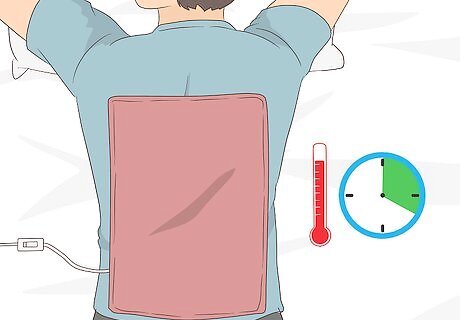
Try a heating pad to relax muscles with dry heat. Heat therapy is an inexpensive and effective way to relax back muscles and potentially relieve pain. A heating pad can help facilitate the stretching of back muscles and decrease stiffness in your back. Adjust the heating pad temperature to “warm,” as a “high” setting can cause burns. Place the heating pad on the area of your back that needs relaxation for no longer than 20 minutes. You can apply a heating pad to your back muscles up to 3 times each day.
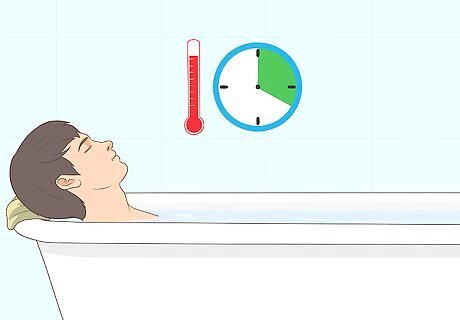
Relax your muscles with a hot bath. Soaking in a hot bath can help ease tense back muscles. Fill your tub with 100 °F (38 °C) water. Step into the tub and soak for 10-20 minutes, depending on your schedule and preference. Grab a book, line up the latest episode of your favorite podcast, or turn on some tunes before stepping into the tub. Try adding Epsom salts to your bath to aid in muscle relaxation.

Try infrared sauna therapy if you have access to a sauna. The heat generated by an infrared sauna can help relax tense back muscles. While you can enjoy infrared saunas at three different levels – near, middle, and far – you should use middle-infrared levels to relax muscles in your back. Begin with 4 minute sessions with a temperature of 160 °F (71 °C). If you cannot access an infrared sauna, try a traditional sauna with 10 minute sessions at 180 °F (82 °C).
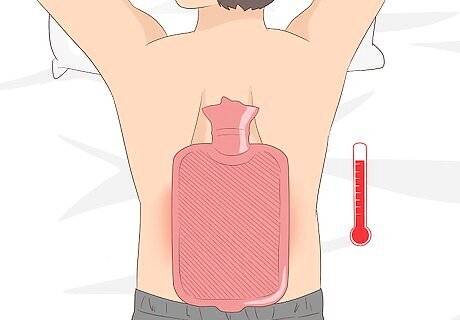
Place a hot water bottle or ice pack on tense areas. An inexpensive, yet effective way to relax back muscles is with a hot water bottle or ice pack, which you can purchase a hot water bottle or ice pack at your local drug store. Fill the bottle with hot water and securely close the cap. Apply the hot water bottle directly to the tense muscles. You can also place a towel between your skin and the hot water bottle or ice pack to create a barrier between your back and the heat or cold. Opt for ice if you have recently strained your back, as this will help to reduce swelling and pain. Use heat if your back has been sore for a few days. You can also use a back of frozen vegetables as an ice pack. Just wrap it with a paper towel before placing it on your back.
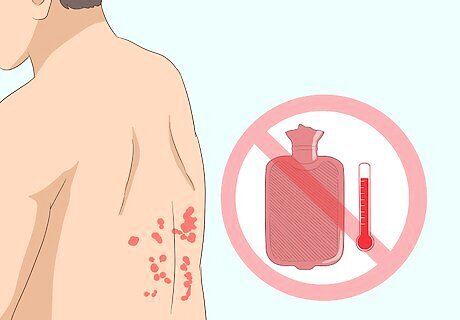
Refrain from applying heat to fresh injuries, burns, or infections. Heat should not used to relax back muscles if a person is suffering from certain medical conditions. Do not apply any type of heat to back muscles if: Skin is inflamed, red, or hot You have an open wound or dermatitis Any area of the back is numb You lack sensitivity to heat as a result of peripheral neuropathy or similar neurological conditions
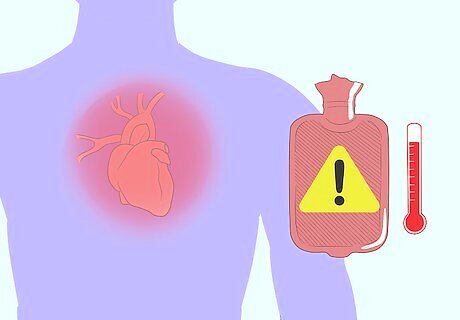
Ask a doctor before using heat if you have high blood pressure or heart disease. If you have certain cardiovascular conditions, like heart disease or high blood pressure, you should not use any type of heat therapy before consulting a doctor. Doing so could cause harm and exacerbate existing medical issues.
Stretching to Relax Back Muscles
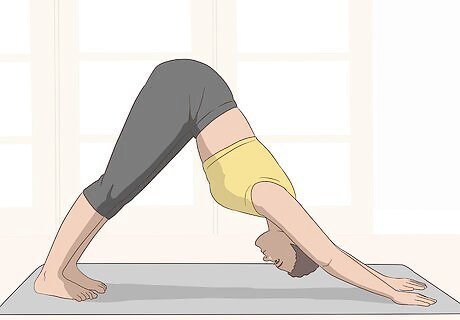
Try yoga to ease stiff back muscles. Yoga is a great way to help relax back muscles. Try poses like cobra, bridge, or downward facing dog. You can also attend a local yoga class and ask the instructor for suggestions on poses that will help relax your back muscles.
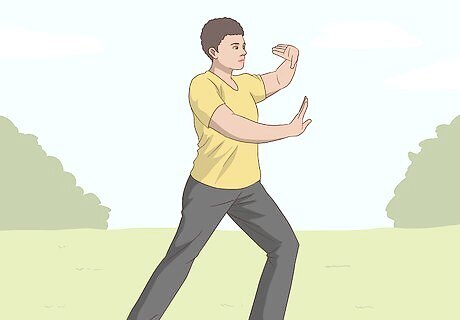
Experiment with tai chi to release tension in your back muscles. Tai chi can help you relax your back muscles while building strength. Over time, this may help reduce pain associated with tense back muscles. Try attending a local tai-chi class. You can also find beginner tai-chi videos online for free or for a minimal cost. Always ask a doctor before starting an exercise program like tai-chi. Start out with one 30-40 minute session twice a week, and build up to practicing tai-chi for at least 30 minutes each day.
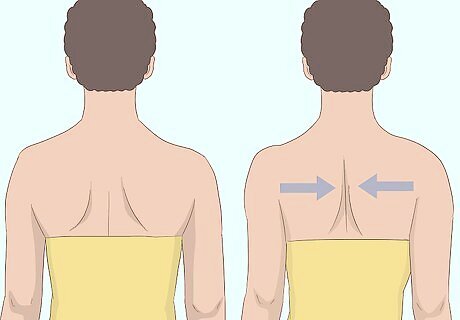
Try a shoulder squeeze to relax shoulder muscles. If your upper back is tight, you can help relax those muscles with a shoulder squeeze. Slowly pull your shoulder blades together as you gently push your chest forward. Relax the shoulder blades back to their normal position, and repeat 2-3 more times.
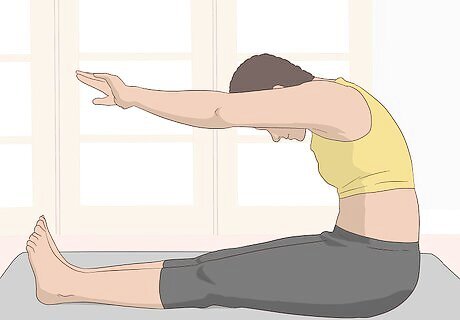
Stretch your upper back to support relaxation. Doing some basic stretches can help relax the muscles in your upper back. Try sitting with your legs outstretched and gently stretching your hands forward in a rounded back stretch. You can also try gently touching your chin to your neck and holding the stretch for 30 seconds to relieve tension in the upper back.
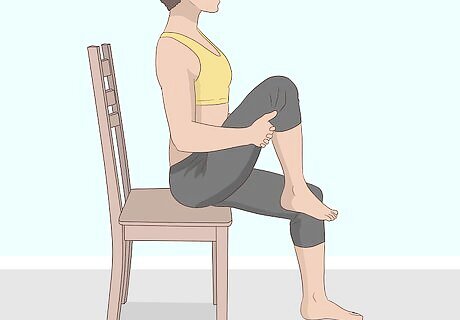
Relax your lower back with a knee-to-chest stretch. You can also relax the muscles in your lower back with easy stretches. Try sitting in a chair with both feet flat on the floor. Grab your right knee with both hands, gently pulling it toward the chest. Hold your knee to your chest for 10 seconds, then lower it to the floor. Repeat with your left leg. A hamstring stretch can also address lower back discomfort. EXPERT TIP Eric Christensen, DPT Eric Christensen, DPT Physical Therapist Eric Christensen is a Physical Therapist based in Chandler, Arizona. With over a decade of experience, Eric works in both orthopedic and neurological fields and specializes in custom orthotic prescription and casting, vestibular reprogramming, and manual therapy. He holds a Bachelor’s degree in Exercise Science with a focus in Sports Medicine from Colorado State University and a Doctor of Physical Therapy from Regis University. In practice, Eric takes a developmental approach to rehabilitation utilizing the Selective Functional Movement Assessment. He uses functional movement patterning and manual therapy to return patients to prior levels of function. Eric Christensen, DPT Eric Christensen, DPT Physical Therapist Try a gentle windshield wiper stretch. The windshield wiper move stretches out stiff lower backs. Just lie flat with knees bent and feet together, then let both knees slowly sweep from side to side, like a wiper going across a windshield. It's easy!
Lie down on an acupressure mat and relax. An acupressure mat is covered in small plastic spikes meant to stimulate blood flow in your back. By lying on the mat for 10 to 20 minutes every day, you may experience a release of muscle tension. You can purchase one of these mats for less than $20 online.
Easing Tight Back Muscles with Hydration, Rest, and Meditation
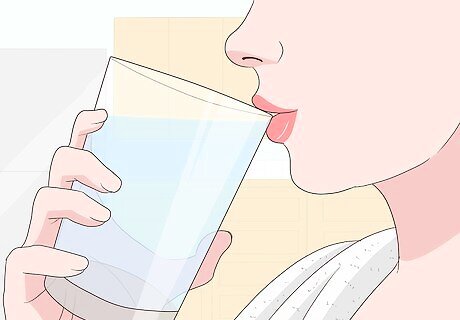
Stay hydrated to promote muscle relaxation. Keeping your cells supple by drinking plenty of water can promote relaxation. Drink water when you are thirsty, with and between meals, and before and after exercising. You should try to avoid drinks with sugar, artificial sweeteners, or caffeine. Instead focus on getting enough water each day to promote hydration and relaxation.
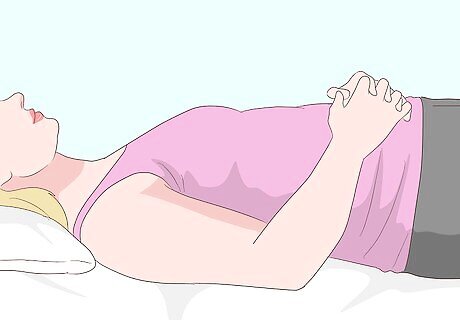
Rest your back muscles after a long day. Sometimes your back muscles become tense from constant movement or the stresses of daily life. Give your back a rest by spending some time laying down and relaxing. You can also rest your back my engaging in gentle exercise like a leisurely stroll. Make sure to lie on your back with your knees propped up on a pillow when you’re resting. This will help to reduce the pressure on your back.
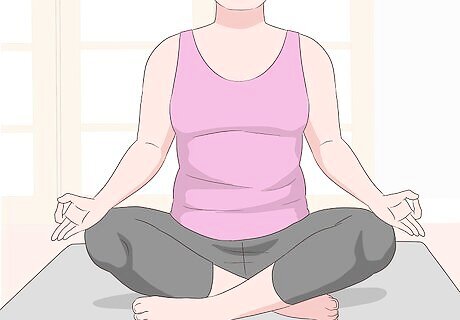
Use meditation to relax your mind and your muscles. Mediation is a great way to relieve tension throughout your body. When practices regularly, meditation can help ease tense back muscles. You may gain relief by meditating for just 15 minutes a day. Begin by meditating for 15 minutes at a time, 3 days a week. Try building up to a daily practice of 15-30 minutes. You can try a meditation app, simply sit and focus on relaxation, or close your eyes while listening to soothing music. Try giving yourself 1 or 2 rest days between workouts to help your back muscles relax.
Seeking Professional Help for Tight Back Muscles
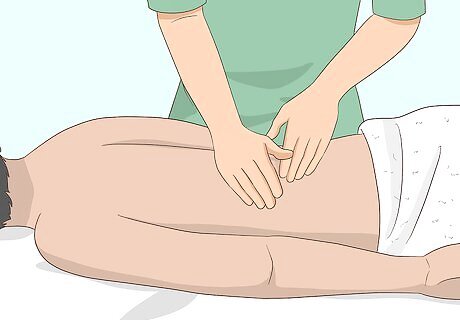
Use massage therapy for deep relaxation of your back muscles. A licensed massage therapist can help facilitate muscle relaxation. Seek out a licensed professional in your area and schedule a massage therapy appointment. Shoot for a 30-45 minute appointment to begin with, and pay close attention to how your body responds. If you find the therapy induces muscles relaxation in your back, you can schedule regular appointment with your massage therapist. You might consider finding a massage therapist who is certified in rolfing, which is a form of deep tissue massage.

Try acupuncture if tense back muscles are causing you pain. Acupuncture can help relax tense back muscles, easing the pain that is often associated with a tight back. Consider making an appointment with a local acupuncture professional to ease your back muscles. Some health insurance plans may cover acupuncture. Call your provider to see if these services are covered. Many acupuncture professionals hold community clinics where services are performed for a reduced cost. Ask local professionals if there is a community clinic in your area.
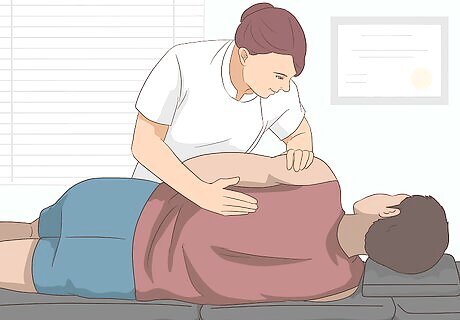
Ask your doctor about physical therapy. Sometimes a physical therapist can help patients achieve muscle relaxation through supervised exercise and therapy. Make an appointment with your primary care provider and explain the ways in which tense back muscles are affecting you. Ask your provider is physical therapy is a good option for you and, if so, set up an appointment with a physical therapist. Before scheduling your appointment, contact your health insurance provider to gain a detailed understanding of what types of therapy are and are not covered by your healthcare plan. A medical professional can help you figure out and address what's causing your discomfort. You may also look into borrowing a TENS (transcutaneous electrical nerve stimulation) machine from a physical therapist. The machine requires placing electrodes in specific locations on your back and then shocking those areas with a mild electrical current, which may help to promote muscle relaxation.
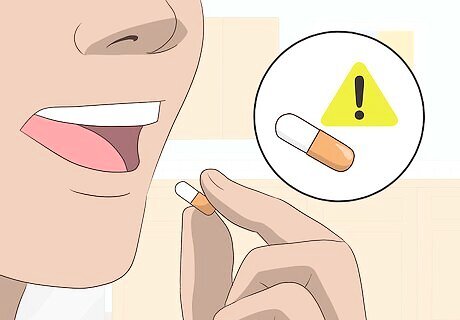
Exercise caution when using medication. Some medical professionals may prescribe medication to help you relax your back muscles. While medications like muscle relaxants can be helpful, certain medications can be addictive and/or harmful. Always take medication exactly as prescribed by your doctor. Try taking a dose of ibuprofen for back pain or take 200 to 400 mg of magnesium citrate, which acts as a muscle relaxant. Follow the manufacturer’s instructions for use.




















Comments
0 comment